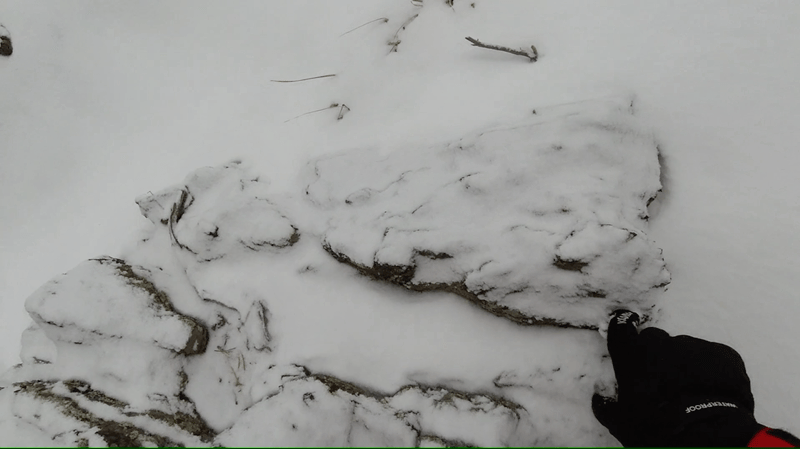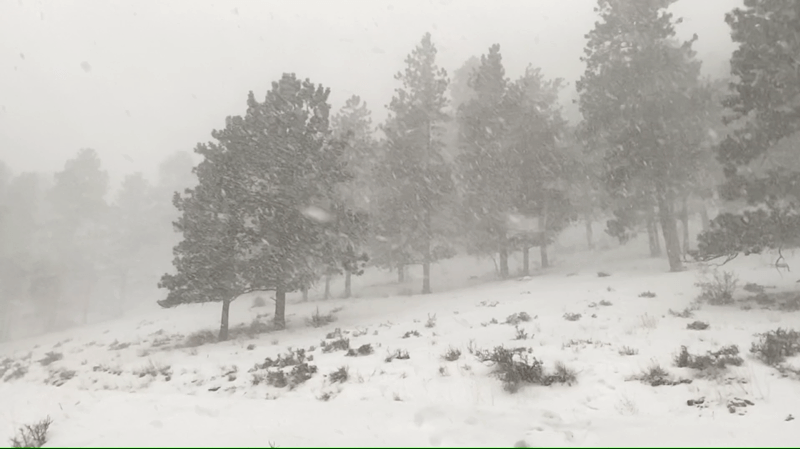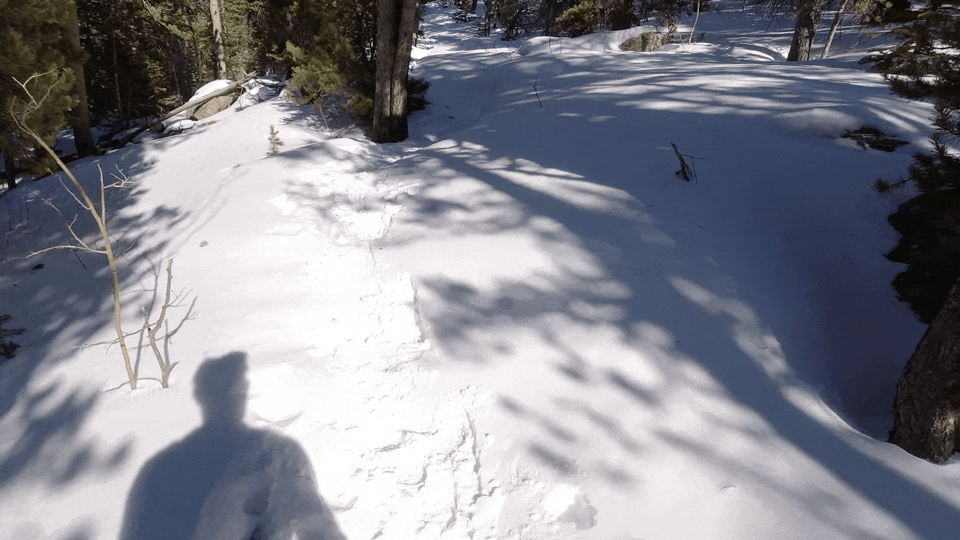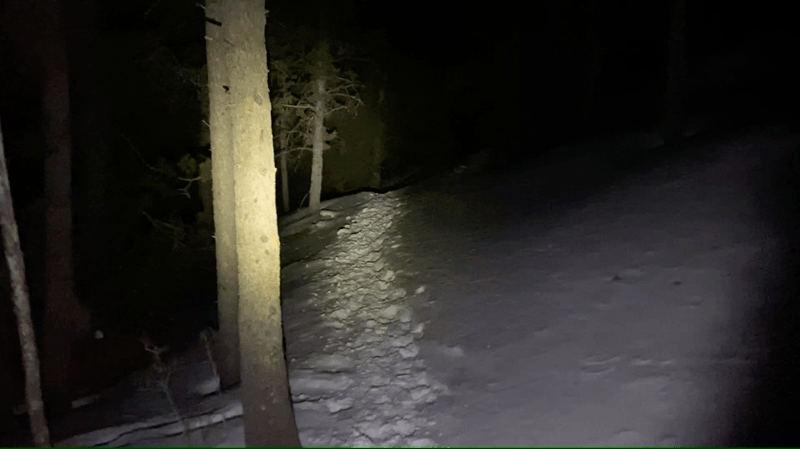Changing from Episodic to Single Release
We love a good TV series just like the next person. But, we're in video game development! Why haven't the things that make great TV translated to our interactive world?
That was the original spark behind Arctic Awakening – before we even knew what kind of story we wanted to tell. All we knew was that we wanted to tell a story in 5 parts and release it on a monthly schedule.
Breaking a story into episodes lets you dive so much deeper into character development. Arctic Awakening is all about exploring the growth of our characters as well as the world they inhabit, so an episodic format just made sense. And we get it, everyone is busy these days, so breaking the game into easier to consume chunks is another plus.
However, the episodic format hasn't exactly had the best track record in the games industry thus far. Not to mention, the way we consume games, TV and movies continues to evolve. With all that in mind, we've decided to change to a single release model for Arctic Awakening.
Does this mean we're abandoning the episodic format completely? No! The game will still be broken into 5 chapters, but just like the latest binge-worthy Netflix series, they'll all drop at the same time in one release. No more waiting a month between episodes – hooray!
We'll have more to share about the game and its release in the coming months. Until then, be sure to say hello in our Discord and on our socials (Twitter, Instagram, TikTok)!
That was the original spark behind Arctic Awakening – before we even knew what kind of story we wanted to tell. All we knew was that we wanted to tell a story in 5 parts and release it on a monthly schedule.
Breaking a story into episodes lets you dive so much deeper into character development. Arctic Awakening is all about exploring the growth of our characters as well as the world they inhabit, so an episodic format just made sense. And we get it, everyone is busy these days, so breaking the game into easier to consume chunks is another plus.
However, the episodic format hasn't exactly had the best track record in the games industry thus far. Not to mention, the way we consume games, TV and movies continues to evolve. With all that in mind, we've decided to change to a single release model for Arctic Awakening.
Does this mean we're abandoning the episodic format completely? No! The game will still be broken into 5 chapters, but just like the latest binge-worthy Netflix series, they'll all drop at the same time in one release. No more waiting a month between episodes – hooray!
We'll have more to share about the game and its release in the coming months. Until then, be sure to say hello in our Discord and on our socials (Twitter, Instagram, TikTok)!
 Designing the main character – Kai.
Designing the main character – Kai.
 Early studies of shapes and styles for drone tech.
Early studies of shapes and styles for drone tech. Getting more detailed with shapes and tech styles.
Getting more detailed with shapes and tech styles. Honing in on the visual style for drone tech.
Honing in on the visual style for drone tech. Trying a variety of design ideas for Alfie.
Trying a variety of design ideas for Alfie. Landing on Alfie's base design with facial expression experiments.
Landing on Alfie's base design with facial expression experiments.








